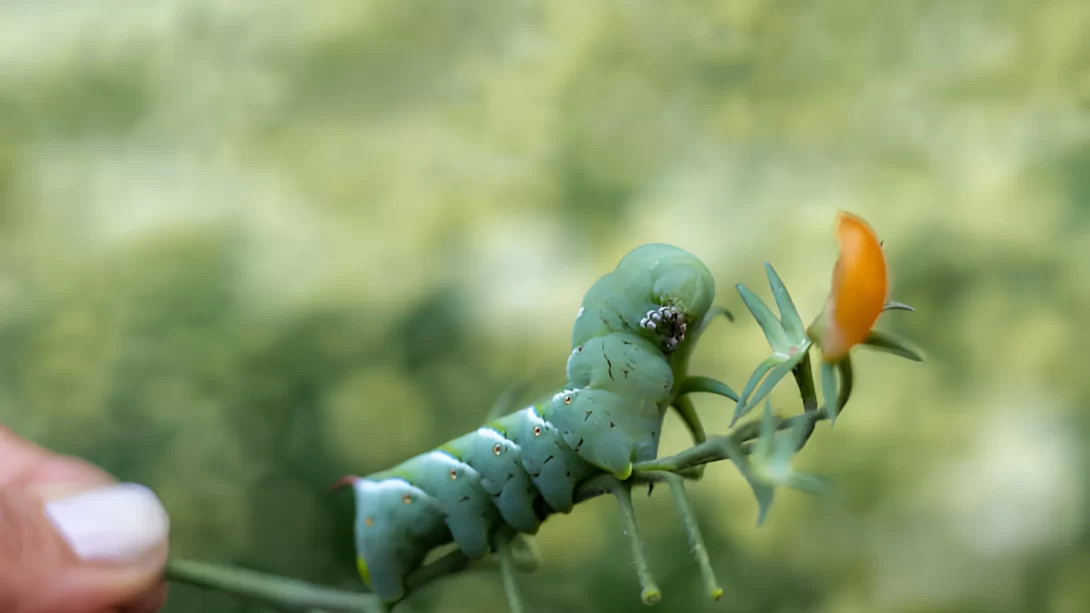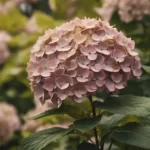In gardens across the world, hornworms are a common sight, especially in regions where tomatoes, tobacco, and related plants are grown. These large, conspicuous caterpillars often raise alarm among gardeners, not only for their voracious appetite for foliage but also due to concerns about whether they bite. This article aims to dispel myths and provide clarity about the behavior of hornworms, focusing specifically on the question of whether they are capable of biting humans.
What are Hornworms?
Hornworms are the larval stage of moths belonging to the Sphingidae family. The most common species are the tomato hornworm (Manduca quinquemaculata) and the tobacco hornworm (Manduca sexta). These caterpillars are easily identified by their size, which can reach up to 4 inches in length, a distinctive “horn” on their rear end, and their bright green color. They undergo a metamorphosis to become moths, passing through various stages of growth, each marked by a shedding of their skin.
Hornworms are most commonly found on plants in the nightshade family, including tomatoes and tobacco, where they feed on the leaves and sometimes the fruit. Their presence is often indicated by defoliated plants and their large, visible droppings.
The Anatomy of Hornworms
Understanding the anatomy of hornworms is key to addressing whether they can bite. These caterpillars have well-developed mouthparts designed for chewing plant material. Their mandibles are strong and capable of defoliating plants rapidly, but they are not adapted for biting or piercing in the way that some insects are.
The “horn” on the rear end of hornworms, which gives them their name, is often mistaken as a stinger or biting apparatus. However, this horn is purely a defensive structure and is not used for feeding or biting. It’s a common misconception that the horn is dangerous, but it is in fact harmless.
Hornworms’ Behavior and Diet
Hornworms are primarily known for their feeding behavior, which can have a significant impact on gardens and agriculture. They feed on the leaves of plants, particularly those in the nightshade family, such as tomatoes and tobacco. This feeding can lead to substantial defoliation of plants, making hornworms a major pest for gardeners and farmers. Despite their potentially damaging effects on plants, hornworms are not aggressive towards humans or animals. Their primary defense mechanism is their cryptic green coloration, which helps them blend in with the foliage they feed on.
Do Hornworms Bite Humans?
The straightforward answer to whether hornworms bite humans is no. Hornworms do not have the capability or inclination to bite or sting humans. Their mouthparts are designed for cutting and consuming plant material, not for biting in defense or attack. When handled, hornworms might wriggle and attempt to escape, but they do not pose a biting threat.
There are no documented cases of hornworms biting humans. Any perception of a bite is likely due to the surprising size and appearance of the hornworm, which can cause an instinctive reaction in some people. The horn at the rear end of the caterpillar, while intimidating in appearance, is not a stinger and is completely harmless.
Managing Hornworms in Gardens
For gardeners dealing with hornworm infestations, there are several effective management strategies. One common method is hand-picking the caterpillars off plants. Due to their size and color, hornworms are usually easy to spot and remove. For those uncomfortable with handling them directly, gloves or tools can be used.
Biological control methods can also be effective in managing hornworm populations. The introduction of natural predators, such as braconid wasps, can help control hornworm numbers. These wasps lay their eggs on the hornworms, and the hatching larvae feed on the caterpillar. This method is a natural way to reduce hornworm populations without harming other beneficial insects or the environment.
Managing Hornworms in Gardens (Continued)
In addition to hand-picking and biological control, chemical controls like insecticides can be used against hornworms. However, chemical methods should be used judiciously, considering their potential impact on beneficial insects and the environment. It’s important to choose insecticides that are specifically effective against hornworms and to follow the application instructions carefully.
Another method of controlling hornworm populations is through cultural practices. This includes rotating crops, tilling the soil at the beginning and end of each gardening season to destroy larvae, and keeping the garden free of debris where hornworms might overwinter.
Conclusion
To sum up, hornworms, while capable of significant damage to plants, do not bite humans. Their fearsome appearance, particularly the prominent horn, is misleading, as they are harmless to people and animals. Understanding the nature of hornworms is crucial for gardeners in managing these pests effectively.
Gardeners have a variety of options for controlling hornworms, from manual removal to biological and chemical methods. It’s important to consider the impact of each method on the overall garden ecosystem and to choose a strategy that aligns with one’s gardening philosophy and the health of the garden.
By understanding and respecting the role of hornworms in the ecosystem, gardeners can manage these insects in a way that minimizes damage to plants while maintaining a healthy, vibrant garden. With the right approach, it’s possible to coexist with hornworms and even appreciate their role in the natural world.



